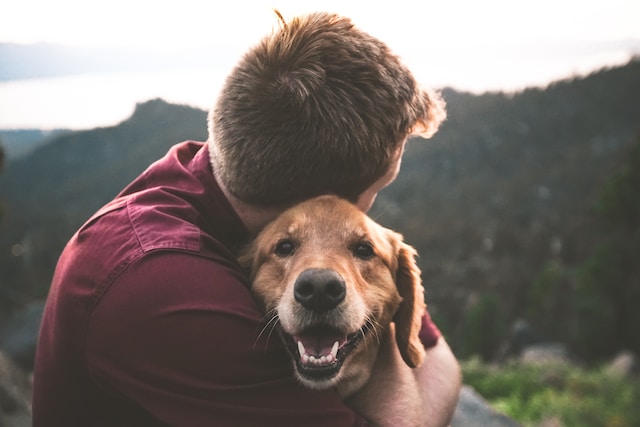Symptoms of Dog Anxiety You Should Know

In today’s world, dog owners are often busy professionals, and many times, their dogs are left alone at home due to work commitments. This situation makes dogs susceptible to developing anxiety. Surprisingly, a lot of pet owners are unaware of canine anxiety, even if their own dogs are suffering from it.
What are the signs of anxiety in dogs?
- Destructive Behavior
One of the primary signs of canine anxiety is destructive behaviour. Dogs with anxiety tend to behave exceptionally well in front of their owners, seemingly without any change. However, once their owners leave, they engage in mischievous behaviour, such as digging into walls, chewing on sofas, and causing chaos at home. Some might even bark excessively when their owners are away, leading to neighbour complaints.
- Fear of Being Apart from the Owner
When their owners are about to leave, dogs with anxiety exhibit apparent distress. They become tense upon seeing their owners putting on clothes and grabbing keys. They might pace, bark, and even try to bite their owner’s clothes, displaying highly agitated behaviour. Even after their owner leaves their line of sight, they continue to bark.
- Excessive Dependence on the Owner
Dogs with anxiety often show an intense dependence on their owners. They follow their owners everywhere, acting like devoted companions. When their owners are out of sight, they become extremely anxious. Upon their owner’s return, these dogs become excessively excited, running around their owners as if they’ve been separated for ages.
- Lack of Security
Some dogs develop anxiety due to a lack of security. When their owners are away, these dogs may tremble, breathe rapidly, and, in severe cases, experience diarrhoea or vomiting. Some dogs, in an attempt to calm themselves, might excessively lick their front paws, resulting in hair loss.
- Inappropriate Elimination
Dogs with anxiety might urinate and defecate in inappropriate places when separated from their owners or left alone. In some cases, they might even consume their own waste after elimination, which can lead to a condition known as pica.
How to Improve It
- Drain Their Energy
When you return home from work, take your dog for a walk to expend their energy. Exploring new routes can introduce novel scents and sights, making your dog more comfortable. This emotional release can leave your dog tired upon returning home, reducing their fixation on your absence.
- Training
Training your dog to be more independent can lower the likelihood of anxiety. Reward your dog during training with hugs, head pats, praise, and treats. Positive reinforcement encourages independent behaviour.
- Leave Items with Your Scent
Research indicates that a familiar scent can soothe a dog’s emotions. A dog’s sense of smell is sensitive, and they associate certain scents with their owners. Leaving items with your scent, such as clothing, blankets, or socks, can provide comfort. Leave behind some mild dog food and reassure your dog that you’ll return soon.
- Offer Preferred Toys and Treats
Before leaving, provide your dog with their favourite toys to divert their attention. Feed them treats they enjoy, like chicken jerky, to alleviate anxiety. By combining engaging toys and delicious treats, you can help your dog focus less on your absence and ultimately reduce the likelihood of anxiety.
Remember to care for your dog’s emotional well-being while ensuring their physical health. Feed them a balanced diet and introduce fresh fruits and vegetables to keep them healthy.
